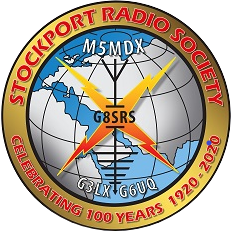Folks, just a few points about the IOTA Contest on the weekend.
Normal (i.e. F-layer) propagation is likely to be pretty mediocre: despite high levels of solar flux, general summer conditions combined with continued geomagnetic instability will likely result in peak maximum useable frequencies on 3000km paths to east and to the west being only about 21MHz. Sporadic E has been about in recent days, and you should take advantage of this when you can, especially for short-distance skip on the higher HF bands.
The relatively small number of multipliers available (unlike in, say, CQ WPX), and the (often) few stations activating IOTA islands, will mean the need to chase mults (by search & pounce), and not just relying on running to scoop them up.
One thing that neither N1MM nor Wintest will do is put the list of IOTA mults worked in any sort of ‘order’. In other words, we can’t easily determine whether or not we’re doing particularly well or not so well to particular regions on certain band+mode combinations. (A ‘region’ could be considered an area of islands of a roughly similar bearing and distance from our QTH.) To that end, I’ve attached a spreadsheet that helps with that, for EU/north AF/west AS IOTAs, anyway. Just put a ‘1’ against the specific Reference/Band/Mode in the the ‘Input’ tab, and it will show up on either the CW or SSB maps. (I’ve partly filled it in in order to test the formulas, and to demonstrate what it does.)
Carsten made a good point in an email to the G5O group…
One other thing that can be missed easily:
If you are looking at the list of spotted callsigns [see for pre-announced island stations], anything with /p, /a, /# (number) etc. are candidates for island stations even if not spotted as such. And of course countries with many islands like OZ, SM, LA, 9A, SV etc. Just give them a call. [I would add Italy, I, to that list. Short callsigns may be indicative, too, of being on an island – M0TJU]
Good luck!
73 Evan M0TJU

